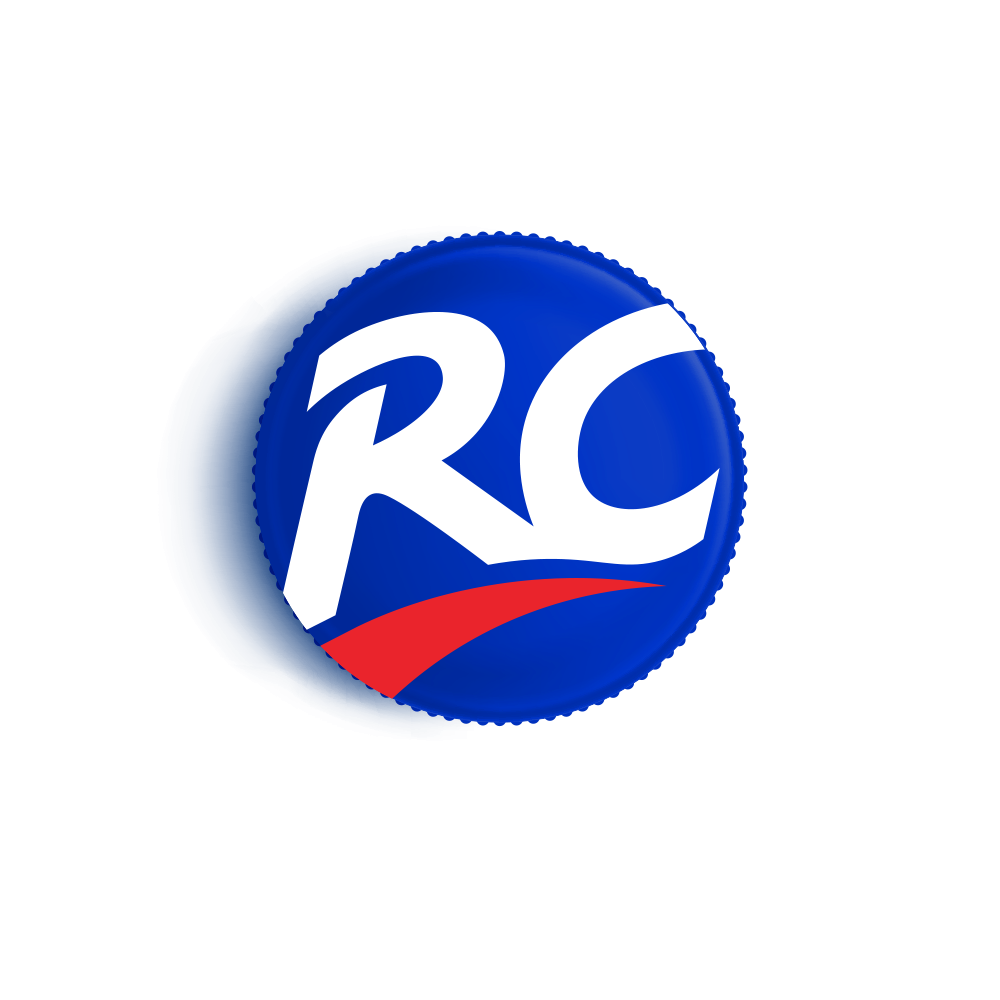Beverage bottlers are always looking for opportunities that allow them to increase their sales. However, successful growth generally involves the identifying of beverages that capitalize on current trends – and therefore offer the greatest potential.
So, we need to first understand where the beverage market is going, and what are the most current beverage trends.
The food & beverage industry, as a whole, is growing. According to Food Drink Europe – the food & drink industry represents Europe’s largest manufacturing sector. From a global perspective, the annual growth rate for 2020 through to 2024 is expected to be 8.4%, resulting in a market volume of no less than $105,003 million by 2024 (see Statista).
On the other hand, growth is not uniform or consistent throughout the industry. So which aspects of the beverage industry are showing the greatest promise – and, specifically, where is beverage innovation expected to come from in Europe’s HORECA (hotel, restaurant and catering industries).
HORECA Europe’s hottest trends for 2020 and directions for beverage innovation in the coming year are presented below.
Download The 8 Hottest Beverage Trends for 2022
Sustainability & Beverage Innovation – Two Top Beverage Trends
Sustainable food solutions have been a hot topic for a long time. Nonetheless, sustainability still belongs at the top of 2020’s trends.
Why? Because last year saw more significant activity in this direction, with an increased amount of innovation in terms of packaging.
Consumers are the shift; and looking toward 2020, it seems that a greater number of consumers have now jumped on the sustainability bandwagon and are interested in buying beverages that produce less waste.
Looking beyond sustainability, innovation is another key driver in the beverage industry this year. According to New Food Magazine’s 2019 EU Data & Trends report, soft drinks are actually reported as the world’s most innovative food sector.
What Kind of Beverage Innovation Do Consumers Want in 2020?
Today, innovation is expected and demanded by consumers in five areas: health, physical strength and capabilities, pleasure, convenience, and ethics.
For beverage bottlers, it’s crucial to understand what types of beverages are in line with this year’s trends. Starring on the list this year are beverage products that fall into the following categories:
-
- Clean label
- Non-alcoholic hydration alternatives
While it’s true that the clean label and non-alcoholic trends definitely are not new, FoodBev Media points out that we can expect to see these trends significantly amplified in 2020 – to become stronger than ever, while spreading across into more specialized categories.
Clean Label is now mainstream
Clean label is a consumer-driven movement related to the demand for transparency in the food and beverage industry. People want to look at food labels and see short and simple lists of familiar and often natural, ingredients.
Clean label has moved out of the fringe and it is morphing into a fast-growing market. By 2023, clean label consumer demand is expected to be valued at $57.5 billion globally.
Millennials and Generation Z, in particular, tend to be more invested in learning what’s on the labels of beverage products. In fact, they are willing to pay more for clean label products.
This consumer-driven movement tells us that people really want transparency when it comes to the food they eat. They want shortlists of familiar ingredients. This push has prompted a new interest in beverages like sparkling water, and in products that use natural sweeteners like stevia and agave which – though sweet – are nevertheless perceived as being more healthy. As a result, clean label beverages are growing faster than traditional beverages.
Bottoms Up! Beverage Innovation with Non-Alcoholic Hydration Alternatives
Non-alcohol and low-alcohol beverage products have a greater following than ever before – particularly with European markets.
Many Europeans are keen to explore options that quench their thirst while limiting their sugar and alcohol intake. Hard seltzers and sodas fit into this category, such as Anheuser-Busch’s Natural Light Seltzer.
One reason for the shift can be chalked up to the very busy lifestyle of the typical Millennial, who wants to socialize or party yet doesn’t want to be hungover at work the next morning.
Looking toward 2020, alcoholic still water is gaining traction – such as Pura Still’s spiked still water beverages which increasingly, are appealing to health-conscious consumers – who are interested in business innovations that allow them to reduce calories and sugar.
Craft colas – such as Royal Crown Cola – are a good alternative for people who are sitting in a bar – but don’t want to drink alcohol. Likewise, premium juices and cold brew coffees are also gaining in popularity, and their growth reflects this trend.
Beverage Trends in the HORECA industries in Europe Offer Opportunities for Growth
For 2020, revenue in the food & beverage segment in Europe will amount to $19,055 million (according to Statista). You can take advantage of the strong growth opportunities that are available, as a beverage bottler or distributor, by partnering with RC Cola.




